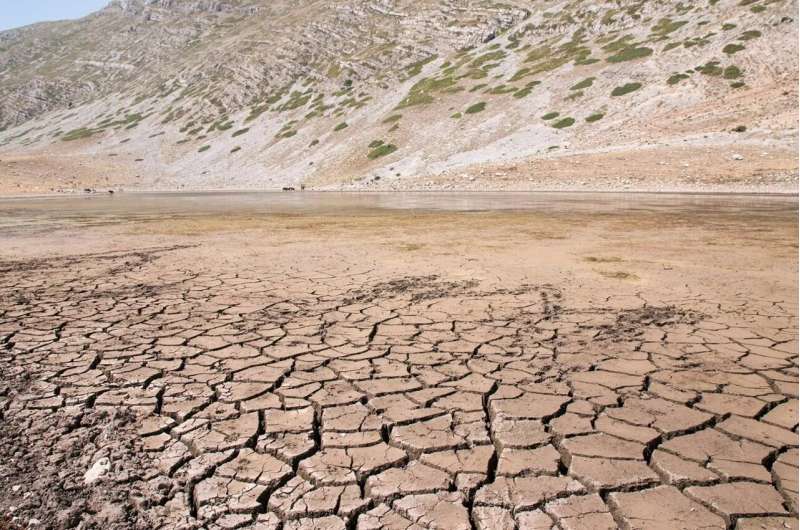This article has been reviewed according to Science X's editorial process and policies. Editors have highlighted the following attributes while ensuring the content's credibility:
fact-checked
peer-reviewed publication
proofread
Tree ring records reveal climate-driven drought shifts across Europe and Asia

Determining the degree to which shifting drought conditions around the world are attributable to natural hydroclimatic variability and how much they are caused by climate change is a complicated task. Scientists often use complex computer models to simulate past climate variability and to identify unprecedented drought conditions.
These models can also help identify the factors, such as temperature, precipitation, and changes in land use, that drive such conditions. However, they can also exhibit biases that may affect the credibility of drought estimates in some regions.
Because tree rings tend to grow wider in warmer, wetter years and thinner in drier, colder years, they act as a record of natural climate variability and offer a complementary approach to model-based hydroclimate reconstruction.
To study drought across Europe and Asia, Kate Marvel and colleagues turned to tree ring measurements, using the new Great Eurasian Drought Atlas (GEDA), which includes records from thousands of individual trees that grew between 1000 and 2020 CE. The study is published in the journal AGU Advances.
The team divided the GEDA data among the same land regions as defined in the Intergovernmental Panel on Climate Change's Sixth Assessment Report. Using tree ring measurements from 1000 to 1849, they estimated preindustrial variations in the average Palmer drought severity index (PDSI)—a common measurement of drought risk—for each region. They then assessed whether these preindustrial variations could explain modern (1850–2020) PDSI values.
The researchers found that in many regions, modern PDSI changes could be more accurately explained by rising global temperatures, suggesting that 21st-century drought conditions are unlikely to have arisen from natural variability alone. The findings indicate that eastern Europe, the Mediterranean, and Arctic Russia are each growing drier as the climate warms, whereas northern Europe, east central Asia, and Tibet are growing wetter.
The researchers note that tree rings can be affected by factors other than climate variation. However, these factors are unlikely to have significantly affected their results, as databases such as GEDA usually include data from selectively sampled locations and tree species for which climate is the main factor affecting tree ring growth.
More information: Kate Marvel et al, Global Warming Is Likely Affecting Regional Drought Across Eurasia, AGU Advances (2025). DOI: 10.1029/2024AV001289
Journal information: AGU Advances
Provided by Eos
This story is republished courtesy of Eos, hosted by the American Geophysical Union. Read the original story here.





















